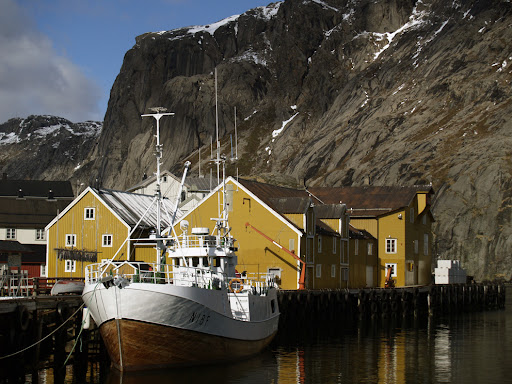Slow, slow wanders the train, past minarets and mosques, out onto the plains where women dressed in black work in fields that are as neat as a grave on the day of its digging. There are plum trees and pear trees, half-built churches and telegraph poles that wait for the new season's storks.
hidden europe 20 — "a visit to Brcko"
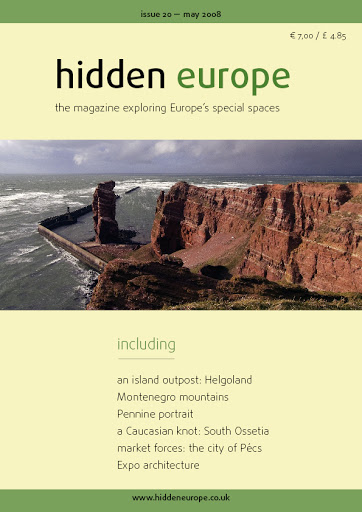
On good days, Sylt is a lithesome figure that dances on the edge of the North Sea. A sort of nymph that guards access to Jutland behind. On dull days, Sylt just lies sullen, shrouded by charcoal cloud, and the lazy waves leave their murky flotsam on the beach. But it is on wild days that Sylt really comes alive in its watery solitude.
hidden europe 19 — "lost at sea: a Frisian tale"
I love to read about hidden gems, out of the way places. That, to me, is part of the joy of travel, discovering the less travelled places. I have been one of the few gaijin seen in some very rural parts of Japan. I’ve wandered into places in Scotland where I think that few tourists have gone. But, all of this travel doesn’t hold a candle to the experiences of two of my favourite authors (and publishers), Susanne Kries and Nicky Gardner. They provide, in several formats (a free email newsletter and their gorgeous print magazine), such gems that each time I read it, I make new plans to see yet another place they’ve recommended.
This month, Wandering Educators (WE) met with Susanne Kries (SK) and Nicky Gardner (NG), the two Berlin-based women who are editors of hidden europe magazine (www.hiddeneurope.co.uk).
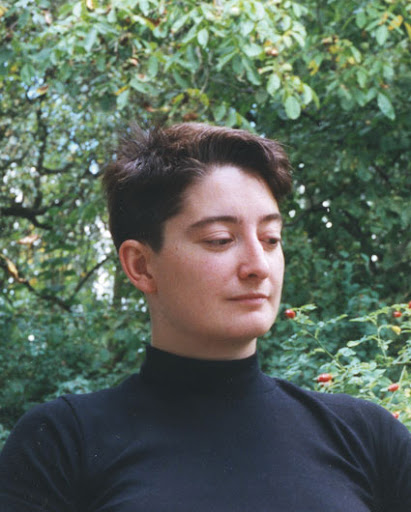
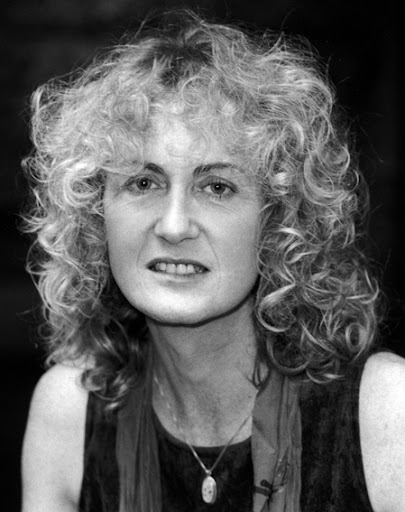
WE: How did you come to start hidden europe magazine?
SK: Well, the idea had been in gestation for a while. As academics, we had long been aware that there was a lot of glitz and gloss associated with the travel industry. And even travel writers had been seduced into writing about places in promotional terms. But real places don’t need promoting. We wanted to recover the simplicity that underpinned some of best travel writing of yesteryear.
WE: So what does that mean in practice? When a new reader comes to hidden europe, what will she or he find?
NG: Whether we write about dawn in a remote coastal village in the Faroes, a street market in a Russian industrial city or life in a small mountain community in Albania, we try to give a balanced account of what makes a place tick, backed up by reasoned views and perceptive insights.
SK: These are not just issues of content but of style too. We mainstream on good writing, prose that delicately evokes a spirit of landscape and a strong sense of place. Of course we illustrate our articles with great images, but it is the writing that stands centre stage.
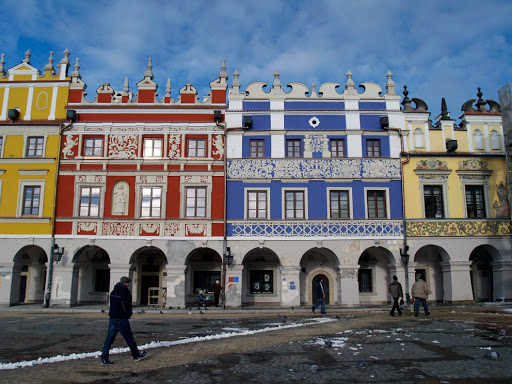
WE: Hidden Europe? It is a small continent and isn’t it all pretty well trodden nowadays?
SK: On the contrary! Just think – from the westernmost islands in the Azores to the Ural Mountains, from Arctic islands like Spitsbergen and Jan Mayen to the Mediterranean. We are talking about some serious distances here, and there are huge tracts of Europe that lie well off the regular tourist trails.
NG: Had you realised that from the Azores across to European Russia spans seven time zones?
SK: And it’s still very easy, especially as you move east across Europe, to find small towns and rural communities that have been utterly bypassed by modern tourism.
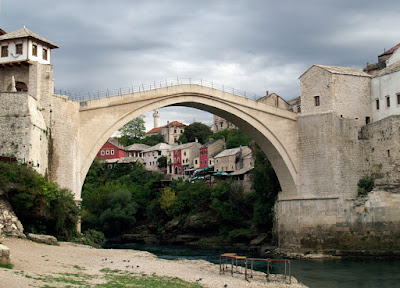
WE: You’ve mentioned that you are both academics by background. So would you say that you really are wandering educators?
NG: Yes, and we still very much value having contact with the academic community. The truth is that our readership is generally very well informed. Lots of high school teachers and university professors. So our writing has to feed the appetite of that audience.
WE: Are there some parts of hidden europe that really are your favourite areas?
SK: That’s tough. Well, we are both fans of rural Estonia. The Lofoten islands in northern Norway, the Hebrides and the Carpathian Mountains are also regions to which we return time and time again.
WE: You both travel a lot. Do you still stumble upon things that surprise you?
NG: Regularly. To find Muslim villagers in eastern Poland, to run across a community in Ukraine populated by folk with Swedish roots, to see Russian Old Believers living in remote outposts in the Danube delta, and to encounter the generosity of folk in some of Europe’s poorest regions. These are all matters for wonder and delight.
WE: Your website has heaps of good material. Is that a key part of the venture?
SK: Well, we wanted the website to reflect the ethos of the magazine. Understated, calm and reflective.
NG: So many websites nowadays assault the eyes and the imagaination, don’t they? We wanted something that was a little quieter. Your audience here at Wandering Educators can take a look on
http://www.hiddeneurope.co.uk/.
WE: You write a lot in hidden europe about issues of culture, language and identity. How are things evolving? With globalisation, and the expansion of the European Union, are disparate parts of the continent not now becoming more similar?
NG: Well you are certainly right in implying that there is growing “sameness” in the tourist districts of many European cities. The tourist experience gets packaged in a way that differs little from Manchester to Madrid or Moscow. But head off into the side streets and even the most cosmopolitan of European cities has something peculiarly distinctive to offer.
SK: What’s more, once we venture into Europe’s more rural regions, we are always so impressed at how local traditions do not merely survive but really thrive. Loyalty to one’s mother tongue is not easily subverted by a growing wave of Starbucks engulfing the continent.
WE: I get a sense that the ‘process’ of writing for hidden europe is almost as important as the end product.
SK: Yes, you’re right. We travel slowly and we write with passion and conviction.
NG: And we want to challenge the prevailing view that the destination is all. Might not the process of getting to a place be as enjoyable as the arrival? Oftentimes, we might take two or three days to travel by train to a place that we could reach by plane in two or three hours. Travelling by train or ferry, stopping off here and there along the way, is infinitely more rewarding than just hopping on a plane.
WE: And how can we get hold of hidden europe magazine?
SK: You can order online at http://www.hiddeneurope.co.uk/.
We sell annual subscriptions, single issues and bundled sets that pick up on a particular theme or region. We deliver worldwide of course, and the prices quoted on our website include airmail postage.
WE: Thank you, Susanne and Nicky. I think that our members here at Wandering Educators will find hidden europe a treasure, as I do. Thank you for sharing your time and the backstory to your extraordinary work.
Again, for more information on hidden europe, to sign up for their free newsletter, or to subscribe to the print magazine, please see
http://www.hiddeneurope.co.uk/.
All pictures in this article copyright hidden europe.
